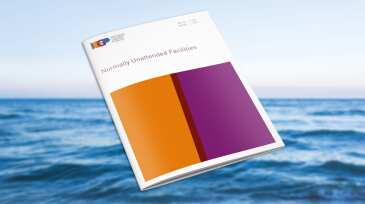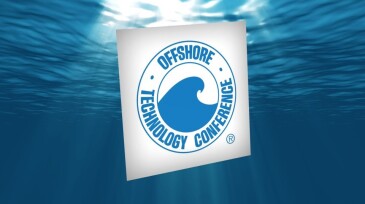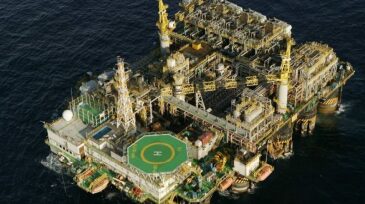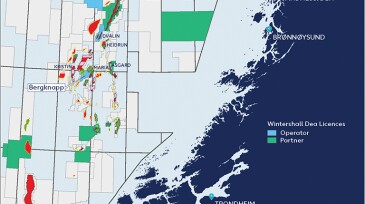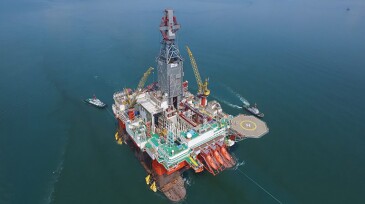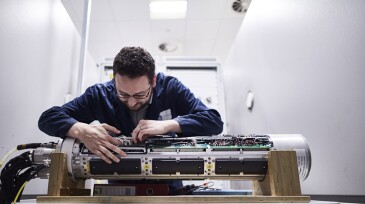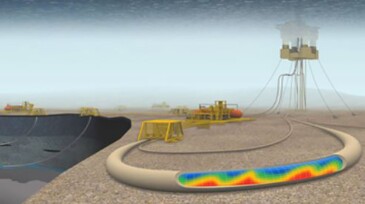Offshore/subsea systems
Vår Energi ASA and partners have officially sanctioned the Previously Produced Fields Project in the Greater Ekofisk Area. The redevelopment is expected to add high-value barrels starting in 2028, extending the production life of one of Norway’s key offshore regions.
Sponsored
As HPHT wells push equipment to the edge of material limits, operators are turning to advanced thermoplastics and sealed electrical assemblies to maintain system integrity. From ESP insulation to BOP control systems, the right component design can prevent failures, lower intervention costs, and extend equipment life in the harshest offshore environments.
The new development is estimated to hold 46 million bbl of recoverable oil and is planned to start up in late 2028.
-
The marine contractor will utilize its North Ocean 102 pipelay/lift vessel for the work at the Shenzi field.
-
The paper examines the potential for larger and more-complex facilities to be converted to a mostly unattended status.
-
Fourteen technologies from 14 companies around the world were selected, including five companies receiving small business recognition.
-
The contractor will supply subsea equipment for the Brazilian state oil company’s Marlim, Voador field revitalization project.
-
Follow-up well could help prove up 100-million bbl find.
-
Subsea production equipment falls to seafloor after winch wire malfunction.
-
The Magnus oil field in the North Sea catalyzed a major leap for subsea control systems. The original development of the multiplexed electrohydraulic control system has developed into a multimillion-dollar subsea controls industry.
-
A new offshore service company has been created combining Baker Hughes’ subsea equipment operation and the drilling hardware made by MHWirth. The joint venture’s goal is to grow and go public.
-
Shell and Tomson Technologies completed field trials in the Gulf of Mexico using new nanoparticle-enabled phosphonate and polymer inhibitors that improve the treatment lifetime of scale squeezes.
-
Jumbo Maritime's heavy-lift crane vessel Fairplayer completed the work.





